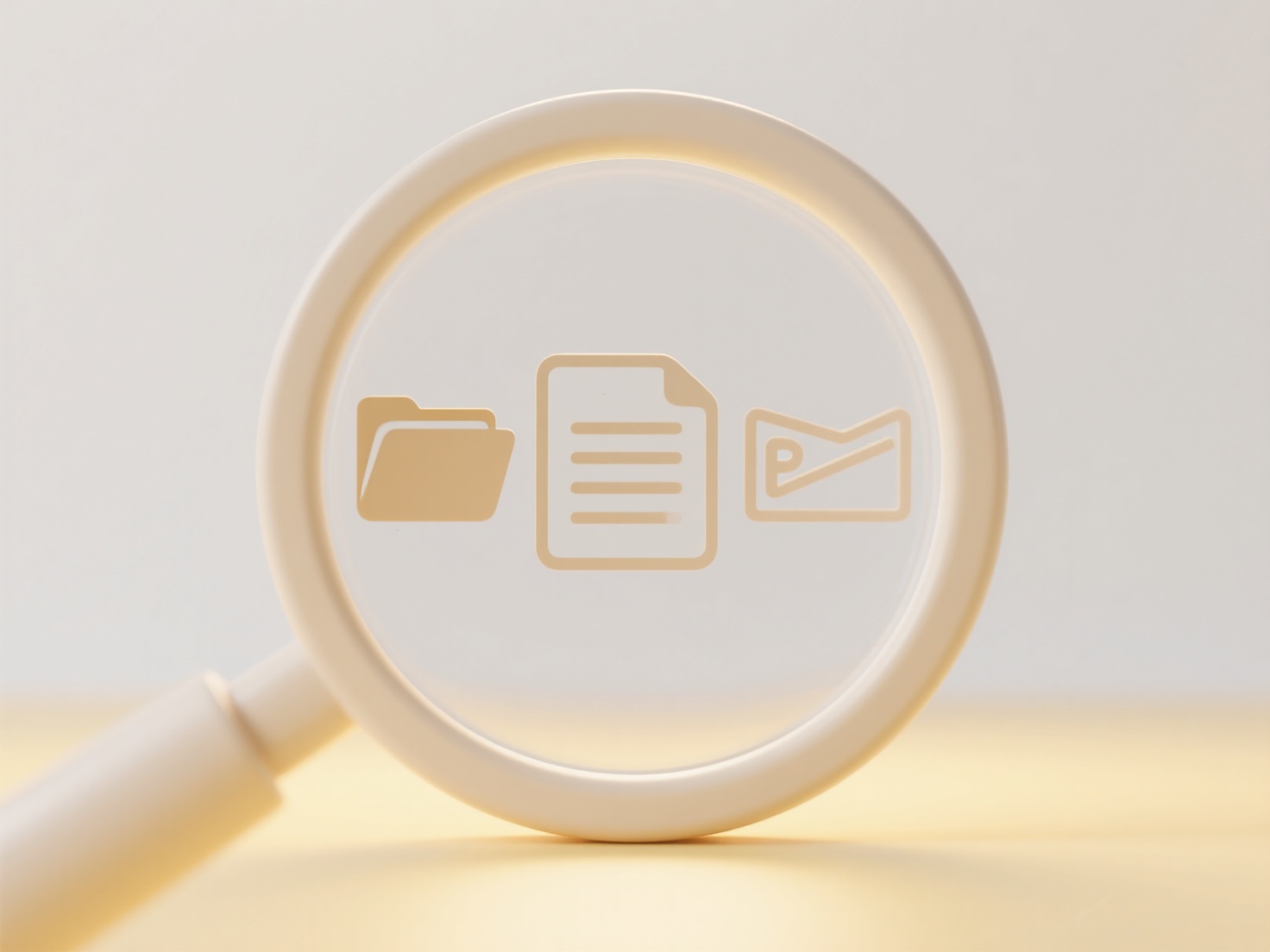
Syncing personal and work cloud accounts separately involves configuring device settings or using dedicated applications to manage files stored in two distinct cloud storage services independently. Instead of mixing files in one main folder, this approach creates distinct target folders (e.g., "Work Drive" and "Personal Drive") on your device for each service. Changes are only uploaded and downloaded between the device folder and its corresponding cloud account, preventing data crossover. The core purpose is strict segregation of professional and private information.

For instance, you might configure Microsoft OneDrive for your company account to sync only to a designated "Company_Documents" folder on your laptop, while your personal Google Drive syncs solely to a "My_Photos" folder. Alternatively, dedicated sync clients like Dropbox or Box Business often provide settings to clearly label and separate accounts during installation and configuration. Common industries requiring this separation include finance, healthcare, and enterprise IT departments handling sensitive corporate data.
The primary advantage is enhanced privacy and security; work IT admins cannot access personal account files, and personal mistakes don't risk company data. Limitations include managing twice the sync settings and potentially reduced local storage space. Ethically, it safeguards both employee privacy and corporate confidentiality. Future developments may simplify management interfaces, but the fundamental need for separation persists due to data governance policies.
How do I sync personal and work cloud accounts separately?
Syncing personal and work cloud accounts separately involves configuring device settings or using dedicated applications to manage files stored in two distinct cloud storage services independently. Instead of mixing files in one main folder, this approach creates distinct target folders (e.g., "Work Drive" and "Personal Drive") on your device for each service. Changes are only uploaded and downloaded between the device folder and its corresponding cloud account, preventing data crossover. The core purpose is strict segregation of professional and private information.

For instance, you might configure Microsoft OneDrive for your company account to sync only to a designated "Company_Documents" folder on your laptop, while your personal Google Drive syncs solely to a "My_Photos" folder. Alternatively, dedicated sync clients like Dropbox or Box Business often provide settings to clearly label and separate accounts during installation and configuration. Common industries requiring this separation include finance, healthcare, and enterprise IT departments handling sensitive corporate data.
The primary advantage is enhanced privacy and security; work IT admins cannot access personal account files, and personal mistakes don't risk company data. Limitations include managing twice the sync settings and potentially reduced local storage space. Ethically, it safeguards both employee privacy and corporate confidentiality. Future developments may simplify management interfaces, but the fundamental need for separation persists due to data governance policies.
Quick Article Links
What does “Disk full” mean when trying to save?
"Disk full" refers to a storage device lacking available space to save new data. This occurs when the total capacity of ...
Why do some files disappear after renaming?
Files may seem to disappear after renaming due to user error, system behavior, or software glitches. A common reason is ...
What’s the best way to document sync strategies for teams?
Documenting synchronization strategies involves creating clear, accessible guidelines for teams to coordinate work acros...